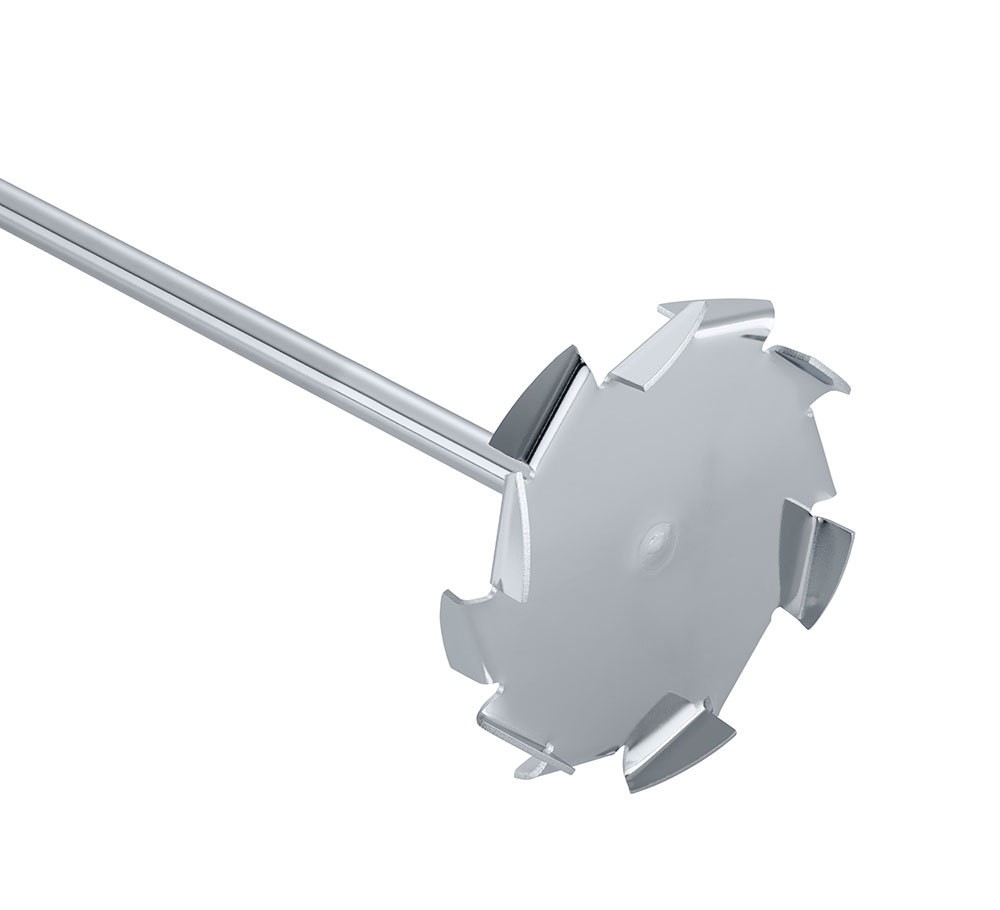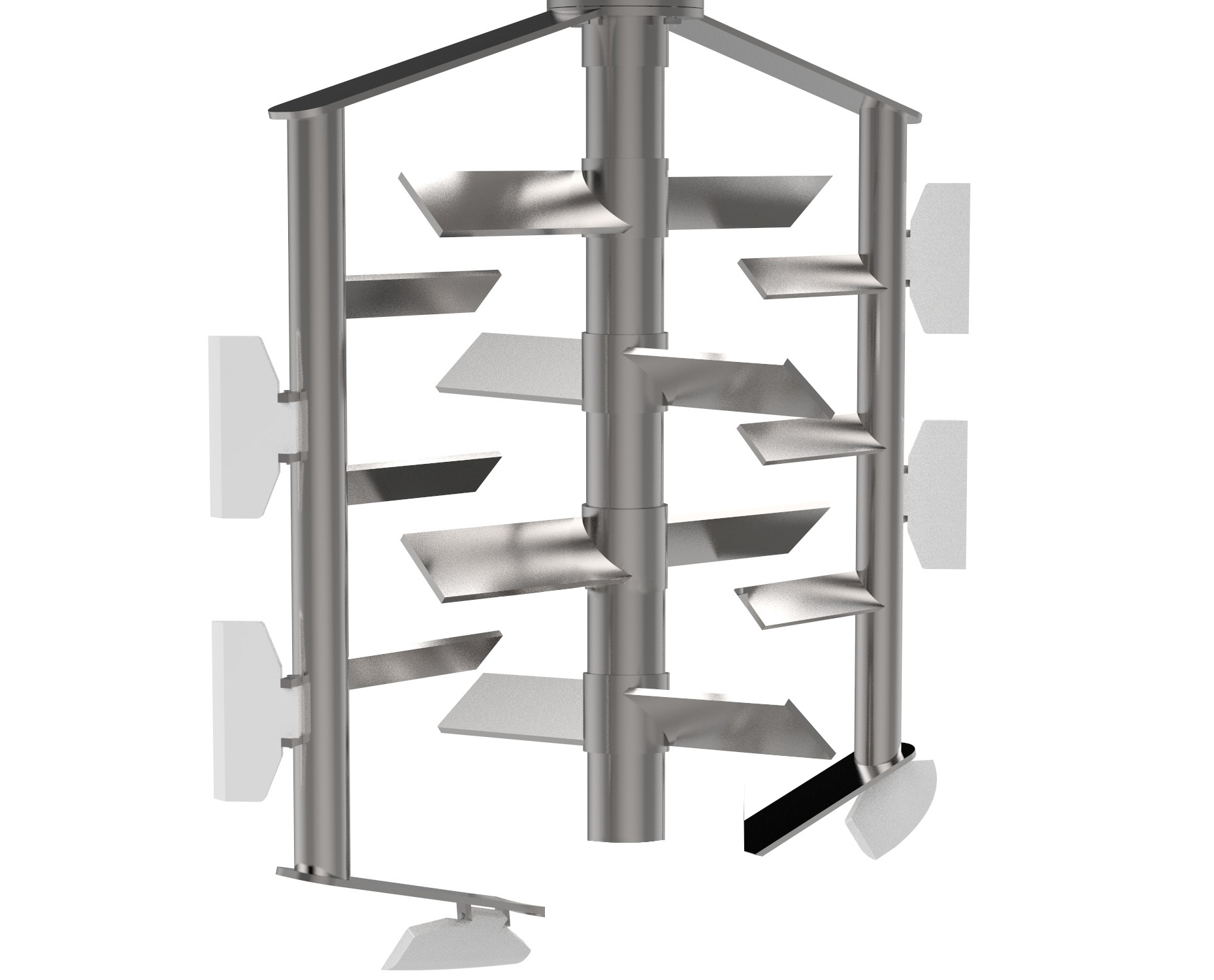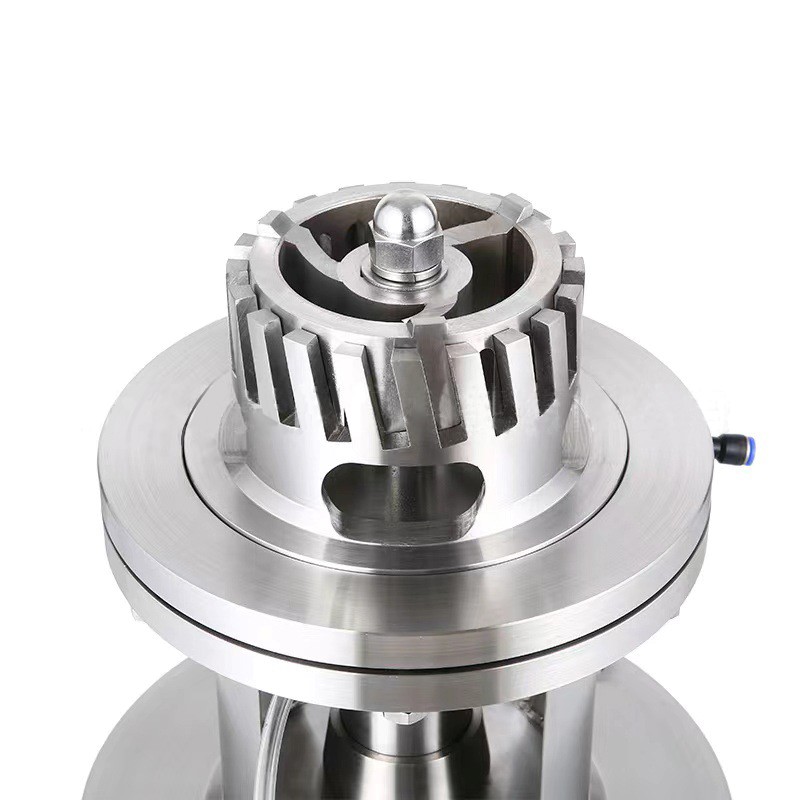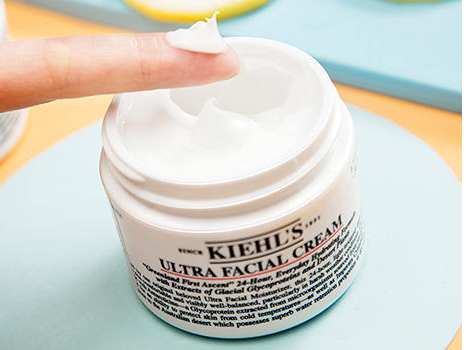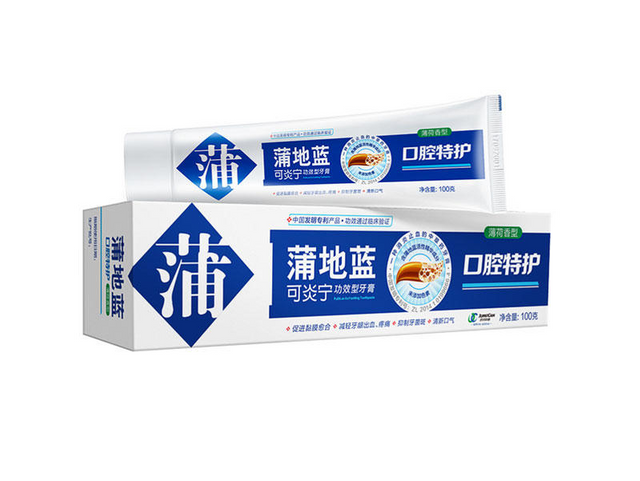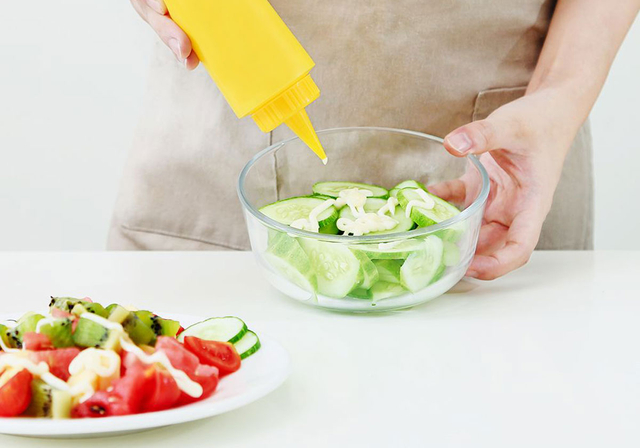If you are struggling to choose a suitable liquid or cream mixer, we recommend that you consider the following four dimensions based on your production needs:
Mixing capacity
Corrosion resistance requirements
Process requirements
Hygiene requirements
1. Mixing capacity
① Mixing Tank With Agitator can also be called a liquid or cream mixing tank, with a volume of 50-5000L.
Usually, if the capacity is less than 500L, a mobile caster design can be used instead of a platform to facilitate movement.If the capacity is greater than 500L, one or more continuous platforms can be used, which can achieve large-scale industrial assembly line production.
② Movable-lifting-homogenizer-mixer without a stirring container can also be called a mobile mixer (including low-speed mixer, high-speed disperser, and high shear homogenizer). The conventional mixing volume is less than 500L.
2. Corrosion resistance requirements
The corrosion resistance levels for liquid mixers are categorized as low, medium, and high. The available materials include carbon steel liquid or cream mixers, stainless steel liquid or cream mixers, and PP (polypropylene) liquid or cream mixers, respectively.
① Stainless steel is a metallic material with excellent corrosion resistance. It can be used for a long time in acidic media such as sulfuric acid, hydrochloric acid, nitric acid, and hydrofluoric acid with a concentration of less than 50%. In addition, stainless steel also has good wear resistance and high temperature resistance, so it is widely used in chemical, pharmaceutical, food and other industries.
② PP (polypropylene) is a thermoplastic with excellent acid resistance. It can be used for a long time in acidic media such as sulfuric acid, hydrochloric acid, nitric acid, and hydrofluoric acid with a concentration of less than 90%. In addition, polypropylene also has good corrosion resistance, wear resistance and high temperature resistance, so it is widely used in chemical and other industries.
3. Process requirements
If the product adopts the cold mixing process, there is no need for heating and cooling during the mixing process, and a single-layer liquid or cream mixing machine can be used. If the product adopts the hot mixing process, heating and cooling are required during the mixing process, so a three-layer liquid or cream mixing machine is required for mixing. According to the needs of heating sources, we can provide electric heating three-layer liquid mixing machines and steam heating three-layer liquid or cream mixing machines.
4. Hygiene requirements
According to hygiene requirements, it can be divided into open lid liquid or cream mixing machine and sealed liquid or cream mixing machine. In the food, medicine, and cosmetics industries, hygiene requirements are usually relatively high. We can use sealed liquid or cream mixing machines to produce products. Sealed liquid or cream mixing machines can effectively prevent dust and bacteria from entering the tank to pollute products. However, in the chemical industry, due to the low hygiene requirements for chemical products, We can use open lid liquid or cream mixing machines for production. 